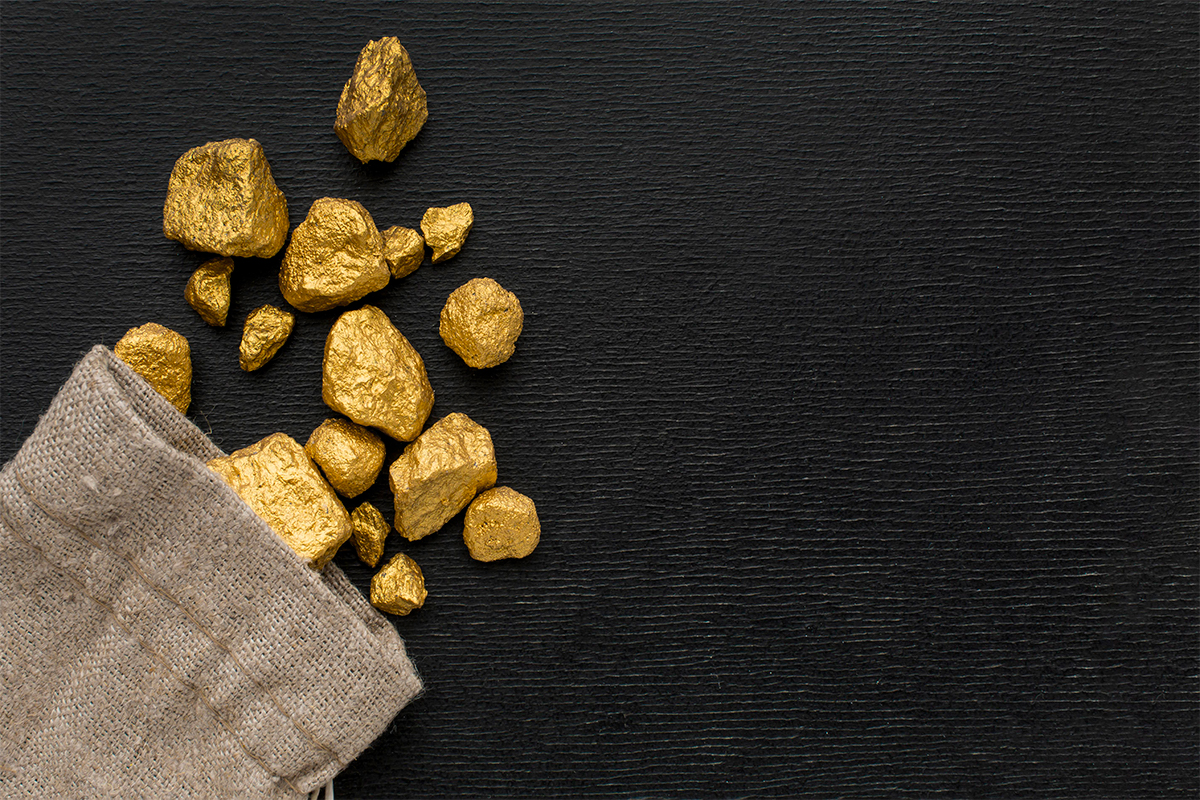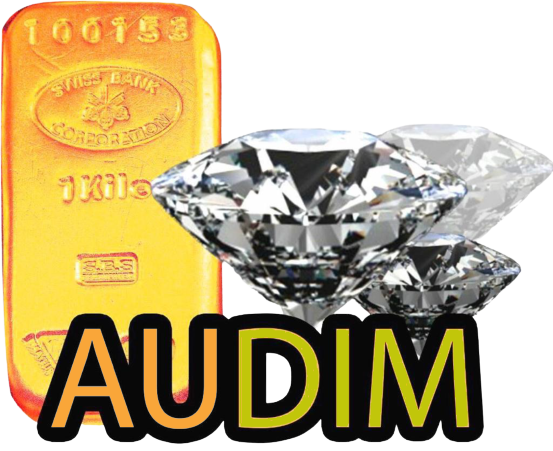
About The Beauty Of Gold
Gold has been captivating human beings for centuries with its striking luster and undeniable allure. This precious metal has always held a special place in our hearts and has been used for everything from adornments and jewelry to currency and investments.
One of the primary reasons gold is so attractive is its color. Its brilliant, warm, yellow hue is unlike any other metal, making it instantly recognizable and highly coveted.
This color comes from the way the metal reflects light, which is a result of its unique atomic structure.
Gold is also incredibly malleable and ductile, meaning it can be easily shaped into intricate designs and fine details.
This has made it a popular material for jewelry and decorative objects throughout history, from ancient civilizations to modern times.
In addition to its beauty, gold has long been associated with wealth, power, and prestige. In many cultures, gold is seen as a symbol of success and prosperity, and owning it has been considered a status symbol for centuries.
The allure of gold has also led to its use as a store of value and a hedge against inflation. Unlike other forms of currency, gold has intrinsic value and has been used as a form of currency for thousands of years.
Today, gold is still considered a safe haven asset and is widely used as a means of diversifying investment portfolios.
Despite its beauty and value, gold is relatively scarce, which adds to its appeal. Gold mining and extraction is a complex and expensive process, and the amount of gold available is limited, making it a finite resource.
In conclusion, the alluring beauty of gold is undeniable. Its unique color, malleability, and scarcity make it one of the most sought-after materials in the world.
Whether used for adornments, investments, or simply admired for its aesthetic qualities, gold has always held a special place in human culture and will likely continue to do so for many generations to come.
The Value of Gold,Understanding its Beauty.
Gold is one of the most valuable and coveted metals in the world. It has been used for centuries for adornment, currency, and investment purposes.
Gold is also considered to be a safe-haven asset, making it a popular choice for investors looking to diversify their portfolios.
One of the primary reasons why gold is so highly valued is its beauty. Its striking yellow color is unlike any other metal, and it has a distinct luster that catches the eye.
The metal also has a unique ability to reflect light, which gives it a warm and inviting glow.
These qualities have made gold a popular choice for jewelry, decorative objects, and even architectural features.
In addition to its beauty, gold is also highly prized for its rarity. The amount of gold on Earth is finite, and it is not easily extracted from the ground.
scarcity has made it a valuable commodity for thousands of years. Gold mining and extraction are also complex and expensive processes, which add to the metal’s value.
Gold is also seen as a symbol of wealth, power, and prestige. Throughout history, it has been used as currency and as a means of showing off one’s social status.
Even today, gold remains a symbol of success and is often associated with luxury and opulence.
For fully trained employees, it is important to understand the value of gold and its significance in various industries.
This knowledge can help them make informed decisions when it comes to investments, as well as provide insight into the role of gold in cultural and historical contexts.


Best Practices for Consistency and Excellence
Maintaining consistency and excellence in the production of gold is of utmost importance, particularly in the jewelry industry. Customers expect high-quality gold products that are beautiful and durable, and any deviation from this standard can lead to a loss of trust and reputation for the business.
To maintain consistency and excellence in the production of gold, it is important to follow best practices in every stage of the process, from sourcing and refining to designing and crafting the final product.
One critical aspect of maintaining consistency is to ensure that the gold being used is of a consistent purity level. The purity of gold is measured in karats, and it is important to use gold that is of the desired karat level for each product. For example, 18 karat gold contains 75% pure gold and 25% other metals, while 14 karat gold contains 58.5% pure gold and 41.5% other metals. Consistently using the correct karat level of gold is crucial to maintaining the integrity of the product.
Another important factor in maintaining quality is ensuring that the gold is properly alloyed. The addition of other metals, such as copper or silver, can improve the strength and durability of gold, but it is important to ensure that the alloying process is consistent and done correctly. This ensures that the gold has the desired properties and maintains a consistent color and finish.
Crafting gold jewelry also requires a high level of skill and attention to detail. It is important to use the right tools and techniques to create products that are beautiful, durable, and consistent. Attention should be given to the quality of the finishing, such as polishing and plating, to ensure that the product is free from scratches, dents, or other imperfections.
In conclusion, maintaining consistency and excellence in the production of gold is critical for any business that uses this precious metal. Following best practices in every stage of the process, from sourcing and refining to designing and crafting the final product, is essential to produce high-quality gold products that meet customer expectations. By maintaining quality every time, businesses can establish a reputation for excellence and build customer loyalty over time.
